In the world of health and nutrition, dietary supplements have become ubiquitous, helping many achieve their daily intake of essential vitamins, minerals, and other nutrients. However, beyond the active ingredients that confer health benefits, there's a lesser-discussed component: artificial colorings or dyes. These additives play a significant role in the appeal and perceived efficacy of supplements but also come with their own set of advantages and disadvantages. This blog delves into the world of artificial colorings in supplements, exploring their types, pros, cons, and what you need to know to make informed choices.
Understanding Artificial Colorings
Artificial colorings, also known as food dyes or color additives, are chemicals used to enhance or alter the color of food and, by extension, dietary supplements. These substances can be derived from petroleum, coal tar, or synthesized through chemical processes to mimic or enhance colors found in nature.
Types of Artificial Colorings
- Azo Dyes: Azo dyes are a type of synthetic dye, examples of which include Tartrazine (Yellow No. 5) and Allura Red (Red No. 40). They are known for their vibrant colors and stability.
- Triphenylmethane Dyes: These dyes, such as Brilliant Blue FCF (Blue No. 1), are celebrated for their bright hues and are commonly used in supplements that require a blue or green appearance.
- Xanthene Dyes: Rhodamine B is an example, often used for its fluorescent qualities, though less common in food and supplements due to safety concerns.
- Natural Colorings: Not all colorings are synthetic. Some supplements use natural sources like beetroot red, turmeric, or chlorophyllin. These are often perceived as safer and more healthful but can have limitations in stability and intensity of color.
Pros of Artificial Colorings in Supplements
Aesthetic Appeal: Color plays a crucial role in our perception of taste and quality. Brightly colored supplements are often more attractive to consumers, potentially increasing the likelihood of regular use.
Brand Identity: Unique colors can become part of a brand's identity, making products easily recognizable and differentiating them from competitors.
Consistency: Artificial colorings ensure that every batch of a supplement looks the same, enhancing consumer trust in the product's quality and consistency.
Cons of Artificial Colorings in Supplements
Health Concerns: Some studies have linked certain artificial colorings to health issues, including allergic reactions and hyperactivity in children. However, these effects are highly individual and often require exposure levels much higher than what is found in typical dietary supplements.
Environmental Impact: The production and disposal of synthetic dyes can have negative environmental impacts, including pollution of water sources.
Consumer Skepticism: Increasingly, consumers are seeking out natural and organic products, viewing synthetic additives with skepticism and concern for their long-term health implications.
Spotting Dyes in Products: Key Locations
In the diverse landscape of dietary supplements and processed foods, certain products are more likely to contain synthetic dyes, some of which have raised health concerns over the years. The use of such colorings often hinges on consumer expectations for the appearance of these products, which can range from the vibrantly colored to the subtly shaded. Among these, gummies, powders, beverages, and certain snack foods stand out for their frequent incorporation of potentially harmful dyes.
Gummies are a popular form of dietary supplements and candies that often come in bright, appealing colors. These products are particularly targeted towards children but are increasingly consumed by adults as well. The vivid hues of gummy vitamins or treats are typically achieved with azo dyes like Tartrazine (Yellow No. 5) and Allura Red (Red No. 40), which have been linked in some studies to behavioral issues in children and possible allergic reactions. The attractiveness of these colors plays a significant role in consumer preference, often overshadowing concerns about the potential health impacts of the dyes used.
Powdered supplements and drink mixes are another category that frequently relies on artificial colorings to enhance their visual appeal or to indicate flavor. For instance, a sports drink powder might use bright blue or green dyes to suggest a cool, refreshing taste, or to visually represent specific fruit flavors. These powders can contain dyes like Brilliant Blue FCF (Blue No. 1) or Sunset Yellow FCF (Yellow No. 6), which, despite their widespread use, have been scrutinized for their safety and potential side effects.
Beverages, including soft drinks, energy drinks, and powdered drink mixes, are notable for their use of vibrant colorings. These products often employ a mix of dyes to achieve their trademark colors, which can influence consumers' perceptions of taste and quality. The reliance on striking colors to attract consumer attention means that beverages are among the products most likely to contain synthetic dyes associated with health concerns.
Snack foods, such as candies, baked goods, and processed snacks, also make extensive use of artificial colorings to enhance their shelf appeal. The bright, eye-catching colors of these snacks are designed to attract consumers, including children, making them more susceptible to choosing these over less colorful, potentially healthier options. The use of artificial dyes in snacks is a significant concern for consumers mindful of the additive content in their or their children's diets.
While the debate over the safety of synthetic or artificial dyes continues, it's clear that certain products are more likely to contain these potentially harmful substances.
Consumers seeking to minimize their exposure to synthetic dyes and artifical coloring have options, including carefully reading product labels, choosing products certified as free from artificial colorings, and opting for natural alternatives when available. Awareness and education about the potential health implications of artificial dyes can empower consumers to make informed choices that align with their health and wellness goals.
Top Concerning Artificial Colors to Be Aware Of
Investigations into seven artificial food colorings have revealed concerning health implications as stated on EWG’s (Environmental Working Group) website:
- Blue Dye No. 1: Research has linked this dye to developmental and behavioral challenges in animal models, with subsequent studies highlighting potential adverse effects on neurological development.
- Blue Dye No. 2: This dye's intake has been correlated with a heightened tumor rate in rat studies, although research in this area remains sparse.
- Green Dye No. 3: An animal-based study highlighted a marked rise in bladder tumor occurrences following exposure to this dye, making it noteworthy despite its relatively infrequent use.
- Red Dye No. 3: The ingestion of this compound has been shown to induce cancer in rat models, leading to its prohibition in cosmetic applications by regulatory authorities.
- Red Dye No. 40: This coloring agent is particularly concerning for its detrimental effects on the developing brains of children.
- Yellow Dye No. 5: For children prone to sensitivity, even a minimal quantity of this dye can provoke behavioral changes, including increased irritability, restlessness, and disruptions in sleep patterns.
- Yellow Dye No. 6: Research indicates a risk of contamination with benzidine or similar carcinogenic substances within this dye.
These summaries underscore the importance of ongoing scrutiny and cautious use of artificial colorings in food products.
Natural vs Artificial Colorings or Dyes
The debate between natural and artificial food coloring encompasses a variety of considerations related to health, environment, and technological applications.
Natural food colorings, which are extracted from sources such as plants, animals, and minerals, have been traditionally favored for their perceived health benefits and lesser environmental impact. This preference stems from the growing consumer desire for products made from ingredients that are closer to their original state, believed to be cleaner and more sustainable.
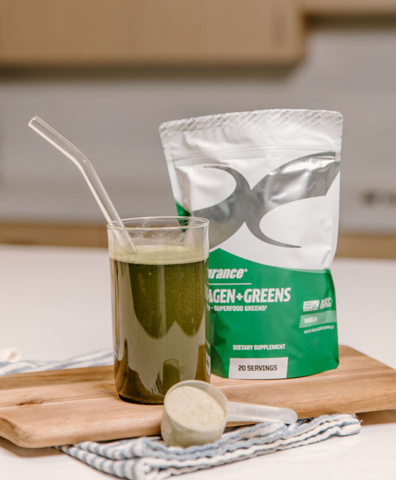
On the other hand, artificial food colorings are synthesized through chemical processes. Their appeal lies in their ability to provide vibrant, consistent hues that maintain stability across a wide range of conditions, including variations in temperature, light, and pH levels. These synthetic colorings have become staples in the food industry, utilized for their efficacy in enhancing the visual appeal of food products to meet consumer expectations for brightly colored foods.
Navigating the World of Colorings
Reading Labels: Always read the ingredients list on supplements. Look for both the type and the purpose of any colorings used. This information can help you make informed decisions based on your health needs and personal values.
Considering Natural Alternatives: If you have concerns about synthetic colorings, look for supplements that use natural color sources. However, remember that natural does not always mean safer or more effective, so research is key.
The Choice Is Yours
Ultimately, the choice between natural and artificial colorings boils down to balancing aesthetic desires with health and environmental considerations. With mounting evidence pointing to the benefits of natural colorings and the potential risks associated with their artificial counterparts, the trend towards natural ingredients in our food supply seems both beneficial and necessary. This shift not only supports public health but also aligns with a growing commitment to environmental stewardship and sustainable living.


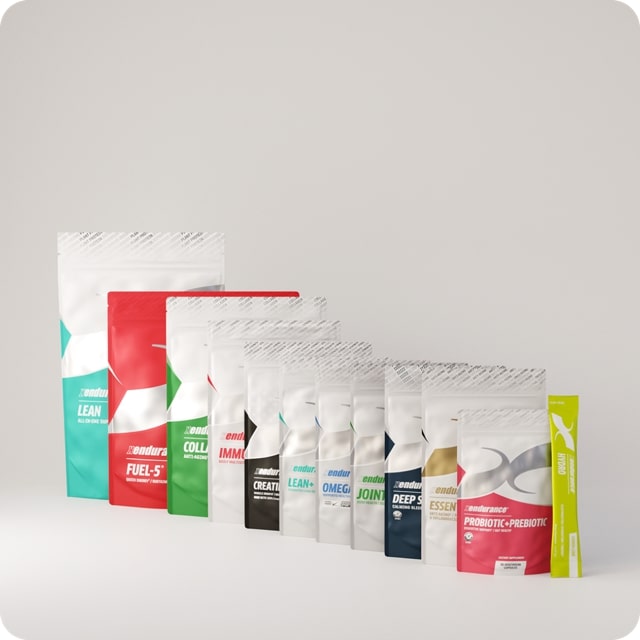
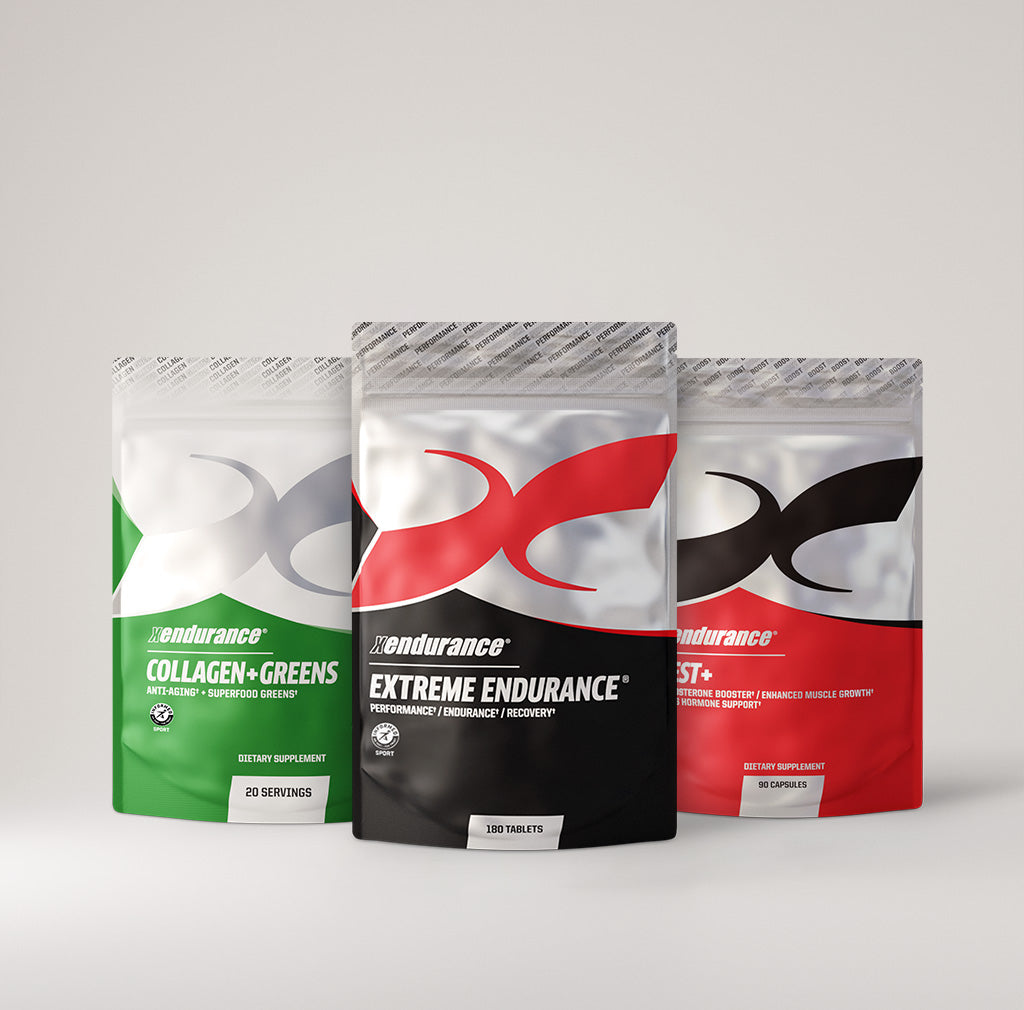
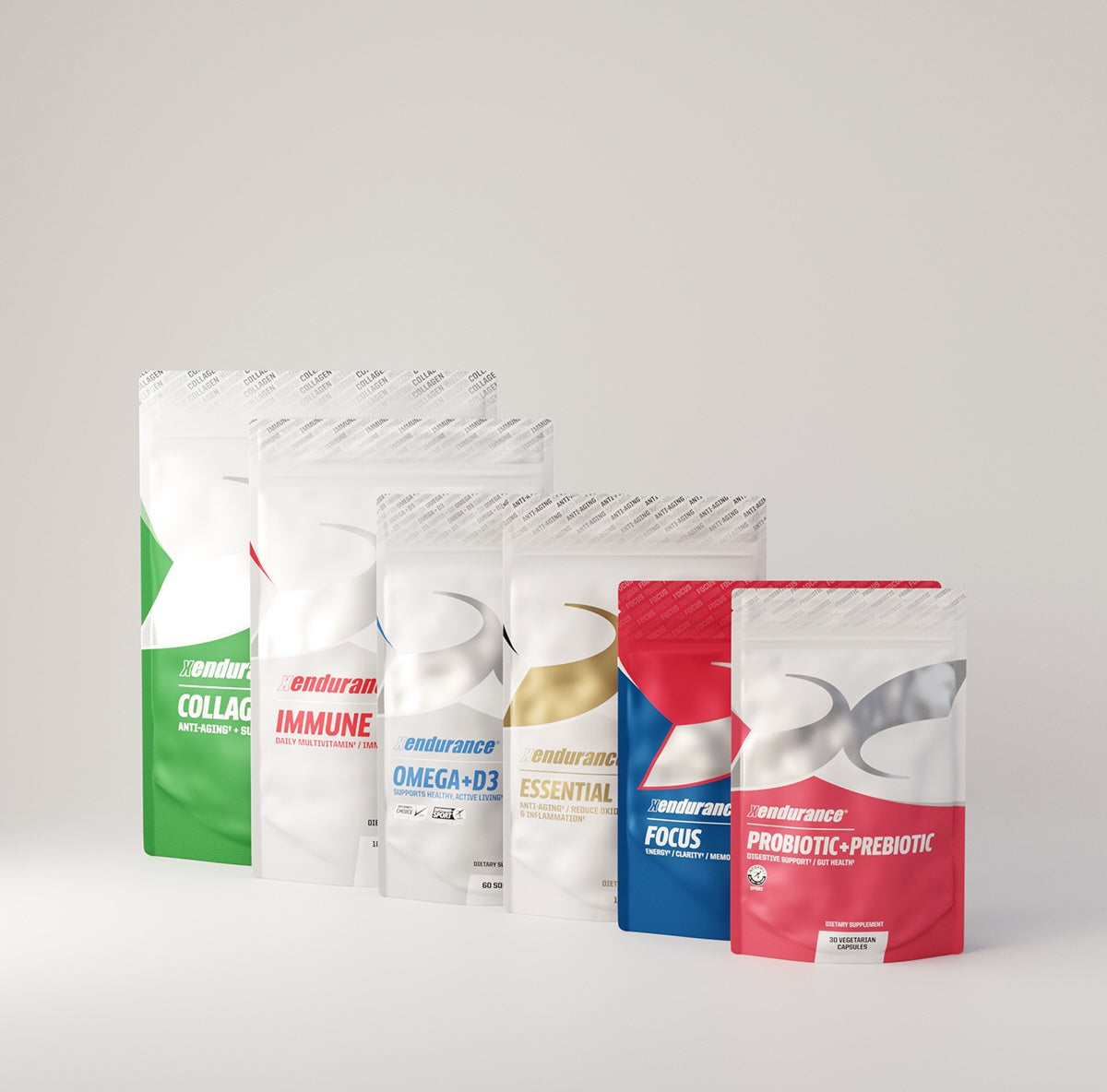
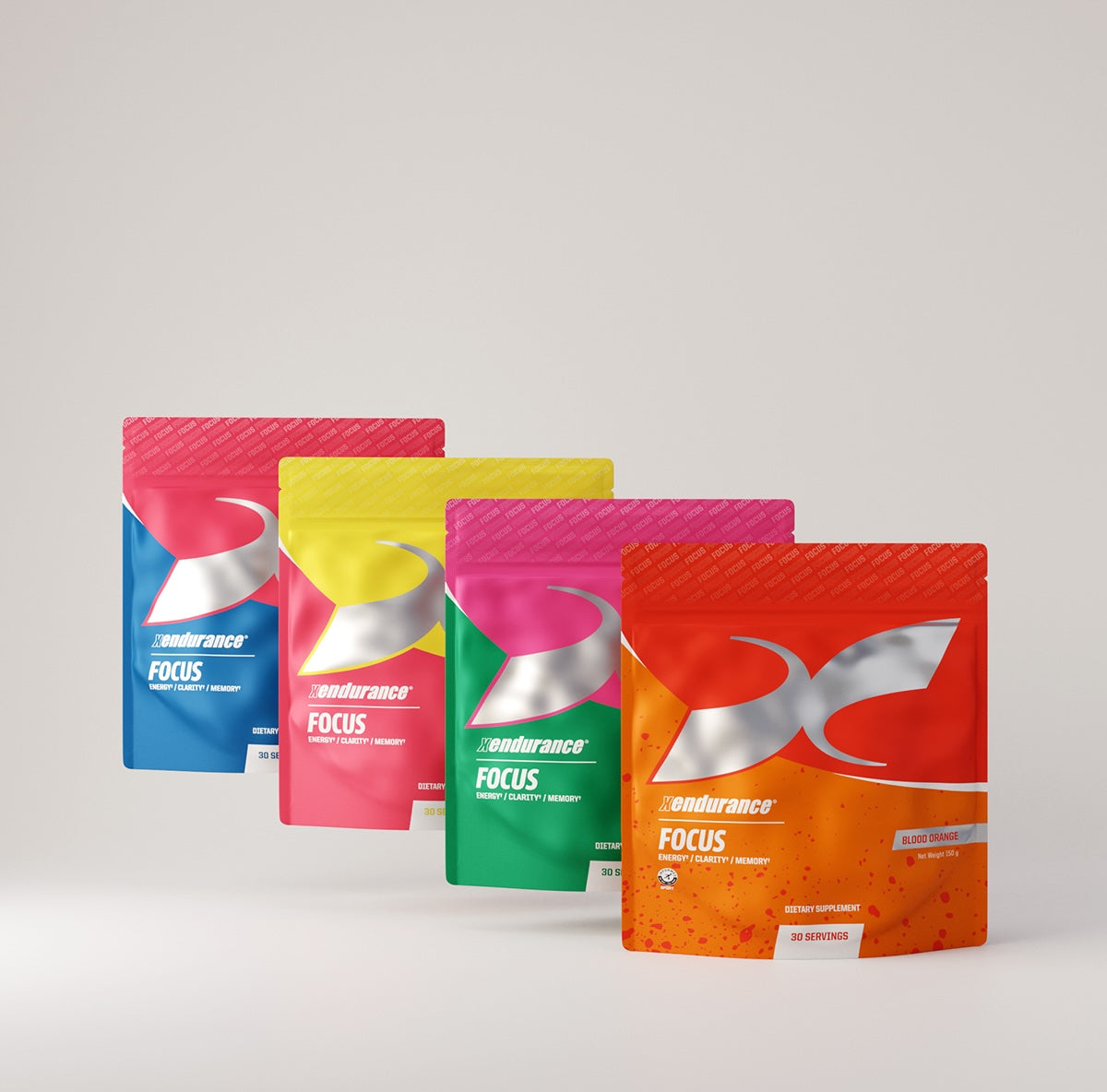
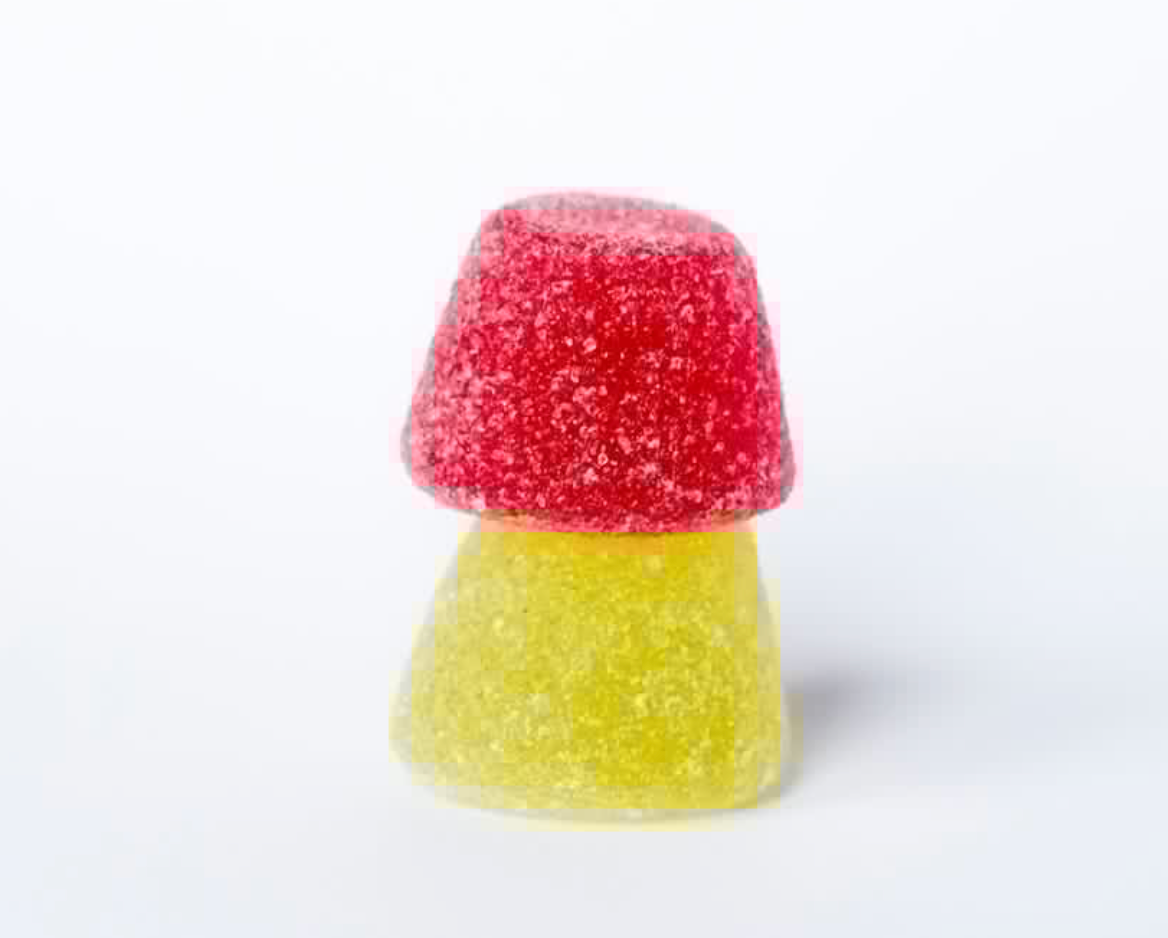


Leave a comment
This site is protected by hCaptcha and the hCaptcha Privacy Policy and Terms of Service apply.